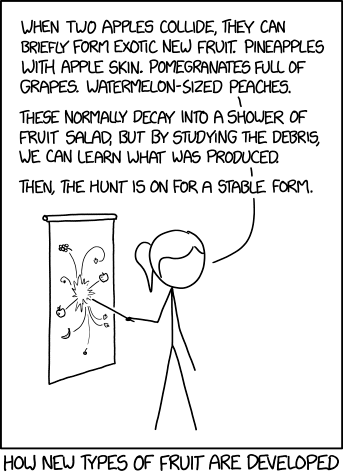1. It confirmed Standard Model predictions regarding the running of the electromagnetic coupling constant at energy scales from 0.6 GeV to 1.0 GeV.
2. It expanded the range in which the carrier boson for dark matter interactions (a.k.a. a dark photon) is ruled out. The exclusions are the most strict of any experiment in the 0.7 GeV to 1 GeV boson mass range. Such a boson could also explain muon anomalies if they existed.
3. It searched for CPT violation in neutral kaon systems and ruled them out to high precision, with considerable room for improvement simply by continuing to run the experiment to reduce statistical error.
The KLOE-2 results reach the sensitivity at the level of 10^−18
GeV 20, which is several orders of magnitude more precise than results obtained
with other neutral meson systems a
. The results were obtained with the data sample
corresponding to the 1.7 fb^−1
integrated luminosity, and is mainly limited by the
statistical errors[.]
The total amount of data collected will be about three times as great as the amount collected so far.
Meanwhile, at the LHC, charm quark properties (mainly determined through studies of neutral D mesons which made made up of charm quarks and antiup quarks, or up quarks and anticharm quarks) have not found any sign of CP violation in the system (where the Standard Model prediction is that CP violation be less strong than the experiment is capable of distinguishing). The
most recent paper on this topic from LHCb concludes that:
The measurement of the mixing parameters and the searches of CPV in the charm
sector provide a precise tests of the SM and probes of New Physics effects, complementary
to analogous searches with B and K mesons.
The LHCb experiment has used a world-leading sample of charm particles to
provide a set of measurements based on the Run 1 data which confirmed the SM
predictions. The no-mixing hypothesis for D0
system has been excluded at more
than 10 σ level, based on data gathered in Run 1. Results based on both prompt
and double-tagged candidates are in agreement. All measurements are consistent
with the no-CP violation hypothesis. The current precision reached is of order of
10−4
for the indirect searches.
The majority of the measurements are statistically limited, and some of the
systematics factors are expected to reduce with signal yields. Currently, several
Run 1 and Run 2 based analyses are ongoing. The Run 2 measurements benefits
not only from the higher statistics but also from the optimized trigger.
